Sandy Hook National Park in Photos
A photo essay on Sandy Hook, one of the many national recreational areas in New Jersey.
Stella Londrigan, Staff Reporter|April 27, 2022
Sandy Hook, a piece of Gateway National Park, remains one of the most famous and beloved places in New Jersey; spanning over Brooklyn, Queens, and Staten Island, New York, and Monmouth County, New Jersey. Although it isn’t difficult to be famous in New Jersey, given all they’re known for is being next to New York, Bon Jovi, hellish traffic, and MTV’s “Jersey Shore,” Sandy Hook still deserves its recognition. From its namesakes sandy shores, which sometimes host seals, to the historically rich lighthouse and barracks, Sandy Hook is the perfect scenic destination if you want to indulge in some rich history, while still having the option to relish in nature.
-
Men enlisted in the Coast Guard lived on Barracks Row facing the parade ground. The identical buildings each held a full battery of 80 soldiers, all packed together, living in open rooms with row upon row of bunk beds. The U-shaped double barracks on the far right, built in 1909, held two batteries. Each barrack had its own mess hall, latrine, and barber and tailor shops.
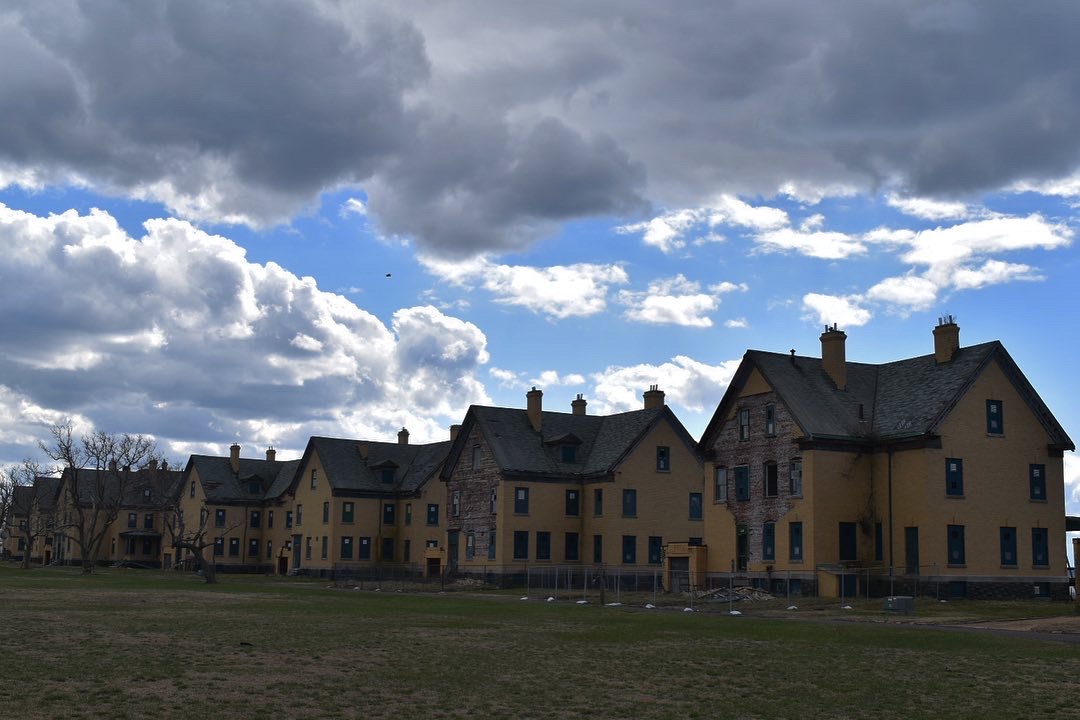
-
The Bachelors Officers’ Quarters (BOQ) housed unmarried officers. In stark contrast of the soldiers, captains and majors lived on the second floor in their own suites with private baths and sitting rooms. Lieutenants occupied single bedrooms and shared a bathroom on the top floor. The first floor was the original Fort Hancock Officers’ Club with a dining room, billiard room, and a bar.
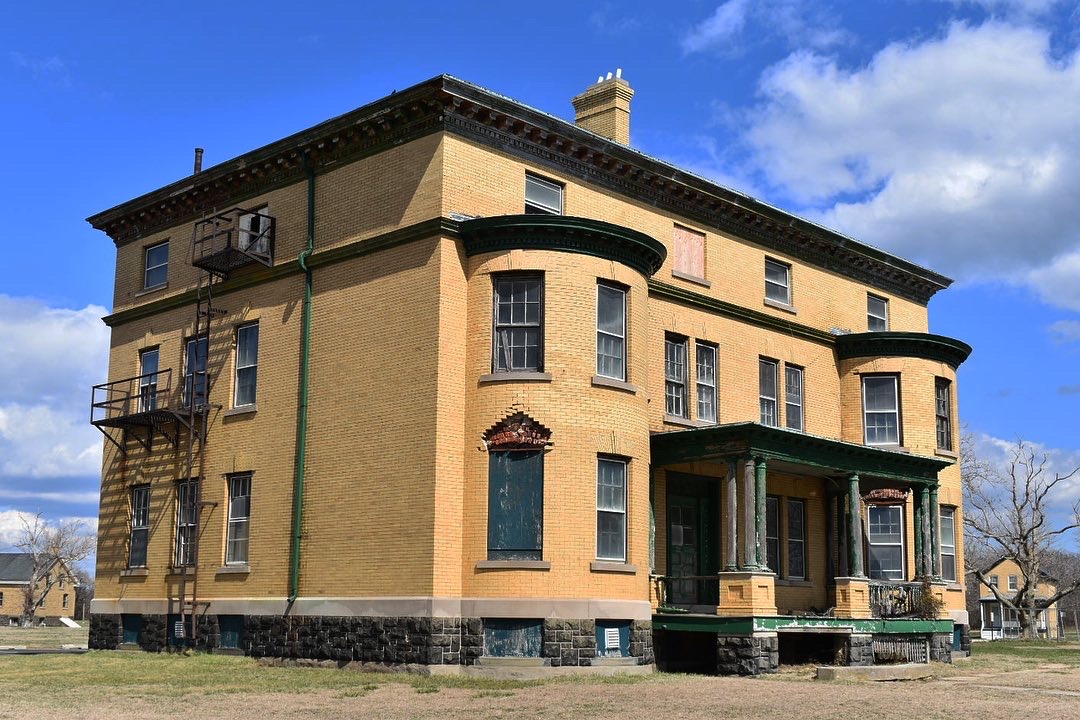
-
Most buildings of the Fort Hancock Post are closed to the public due to their lack of structural integrity and status of decay after being beaten by the elements for centuries. Covid had also briefly closed the buildings to visitors. The fact that they are even still standing is a feat of architecture. The National Parks Service is in the process of restoring these historic buildings for future visitors.
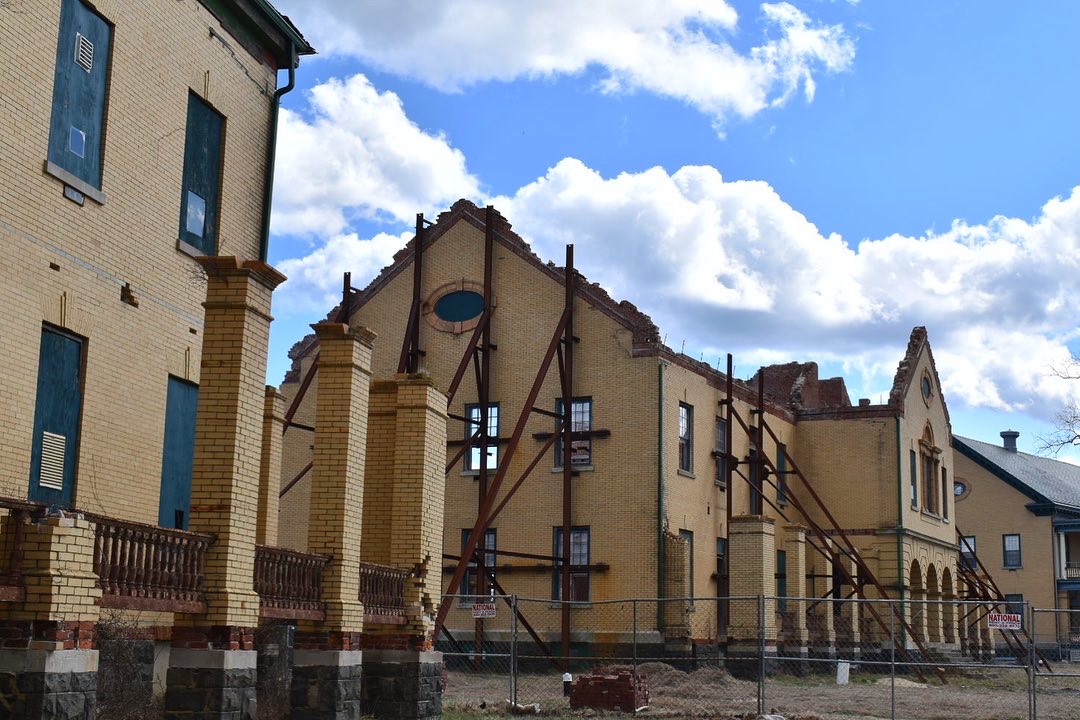
-
This building faces the water, leaving it in a worse stage of disrepair than the majority of the other barracks, which can actually be entered. It has been standing since around 1909, witnessing years of floods, downpour, wind, etcetera. Given, its hazardous nature (lead paint and general structural insecurity), the National Park Service has locked it off to visitors. It will most likely not be repaired; any reparation efforts are expected to be quickly destroyed by the elements. But miraculously, many of these age-old, weathered buildings still stand.
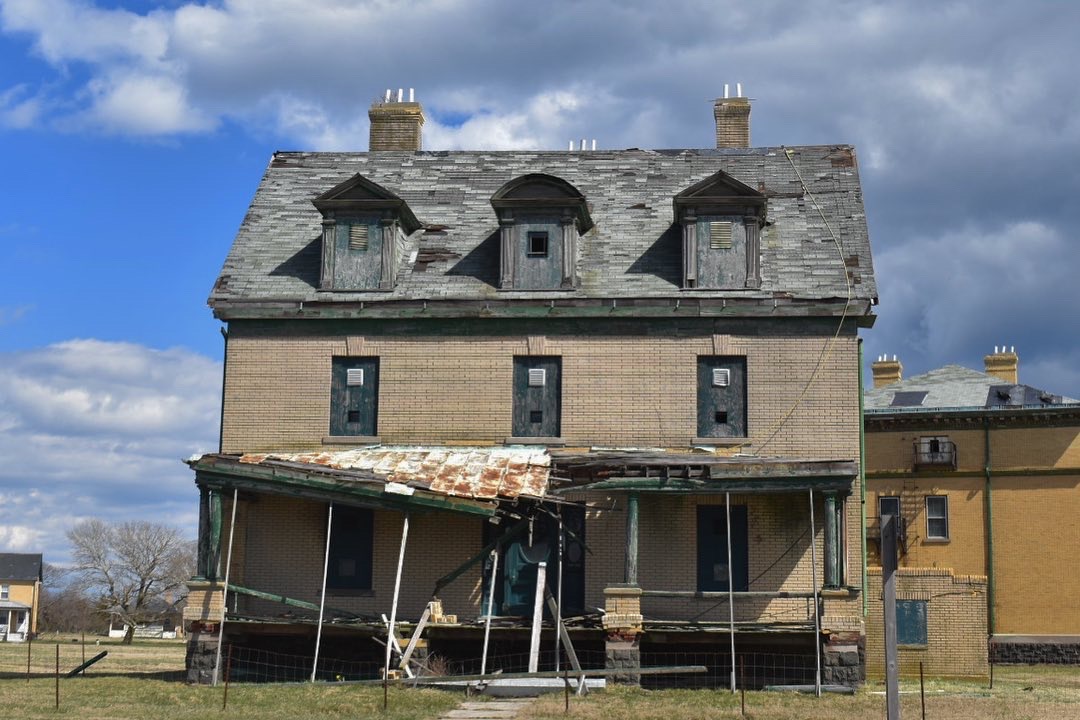
-
This lighthouse was constructed in 1764 and is the oldest continuously operating lighthouse in the US. This light was funded by New York merchants petitioning their assemblies to raise money with lotteries and tonnage taxes on ships entering New York. In 1789, The Federal Government formed the US Lighthouse Service, which was later incorporated into the Coast Guard, giving them the responsibility of operating this light and all other aids to navigation in US waters. The Sandy Hook Lighthouse is 29 feet in diameter at its base and 15 feet in diameter at its peak. It is 85 feet above the ground and can be seen for 19 miles away. Sandy Hook’s Light is still an important aid to navigation in the New York harbor.
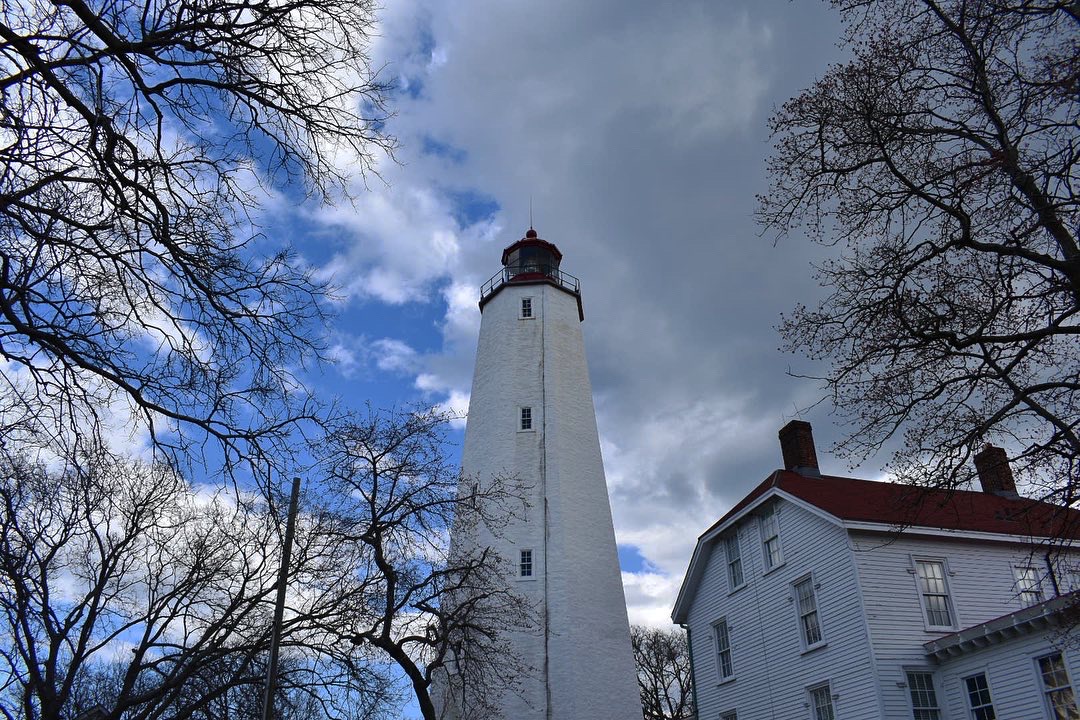
-
The old U.S. Army post Fort Hancock is open to visitation by the National Park Service. Sandy Hook was used by for many years, beginning after the Civil War until 1919, when the facility was moved to Aberdeen, Maryland, and later became the site of a Nike missile defense installation. The Sandy Hook Nike station is one of a very few stations that are still intact. The Battery Potter and Battery Gunnison are the only two batteries open to the public, the rest have been closed to the public due to their hazardous condition.
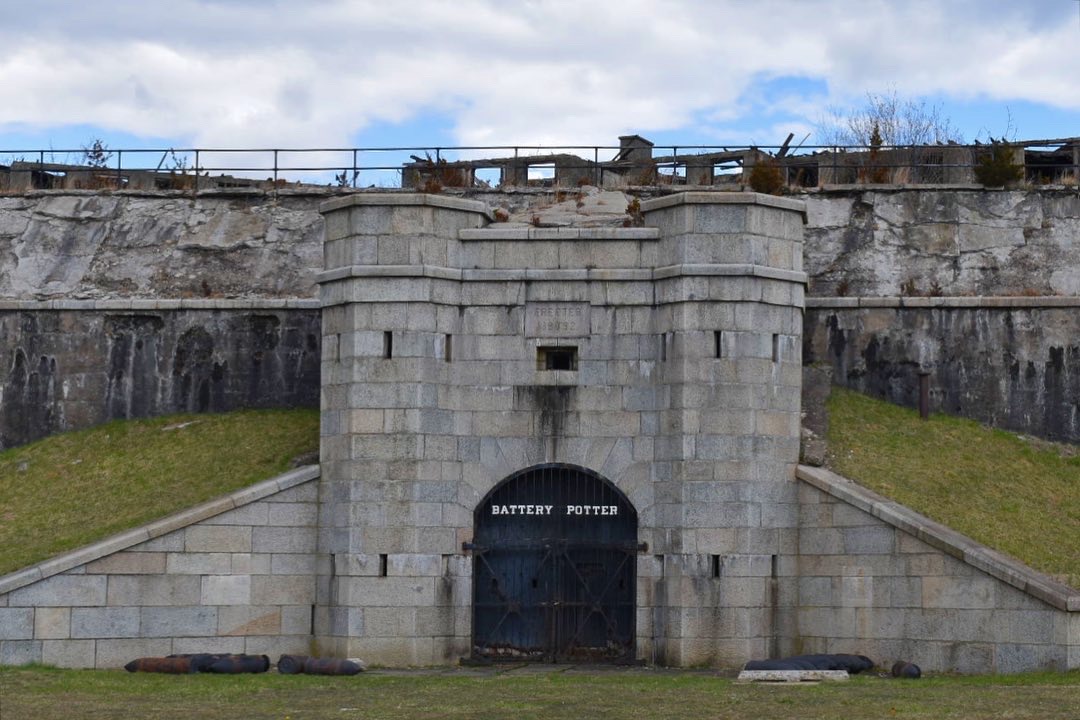
-
North of Fort Hancock on the western part of the hook is an active station of the Coast Guard, pictured above, which is one of the original Life Saving Stations built in 1848. The site was moved around several times throughout the years due to the changing land or at the request of the War Department, who previously owned the land. It is now administered by the Department of Homeland Security and is closed to the public.
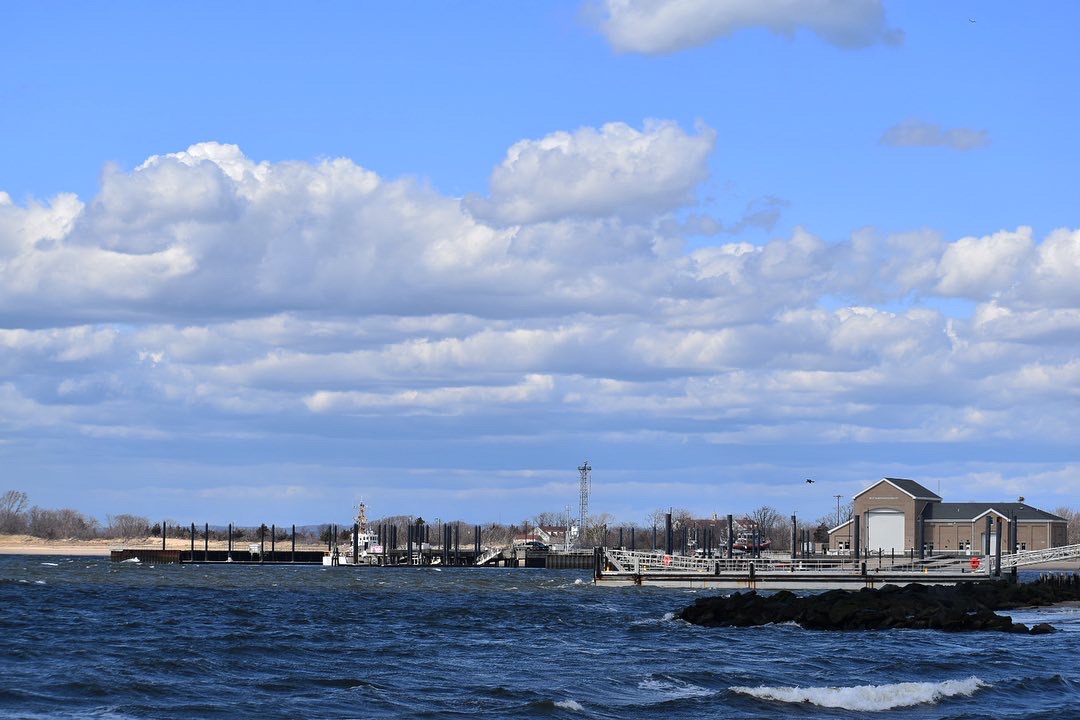
-
Fort Hancock was a deterrent to attacks on the New York City during the Spanish-American War all the way through the Cold War. Unlike most Coast Guard posts, Fort Hancock never fired a single shot in combat. Today, Sandy Hook peninsula in its entirety is federally recognized as the Fort Hancock and Sandy Hook Proving Ground National Historic Landmark.
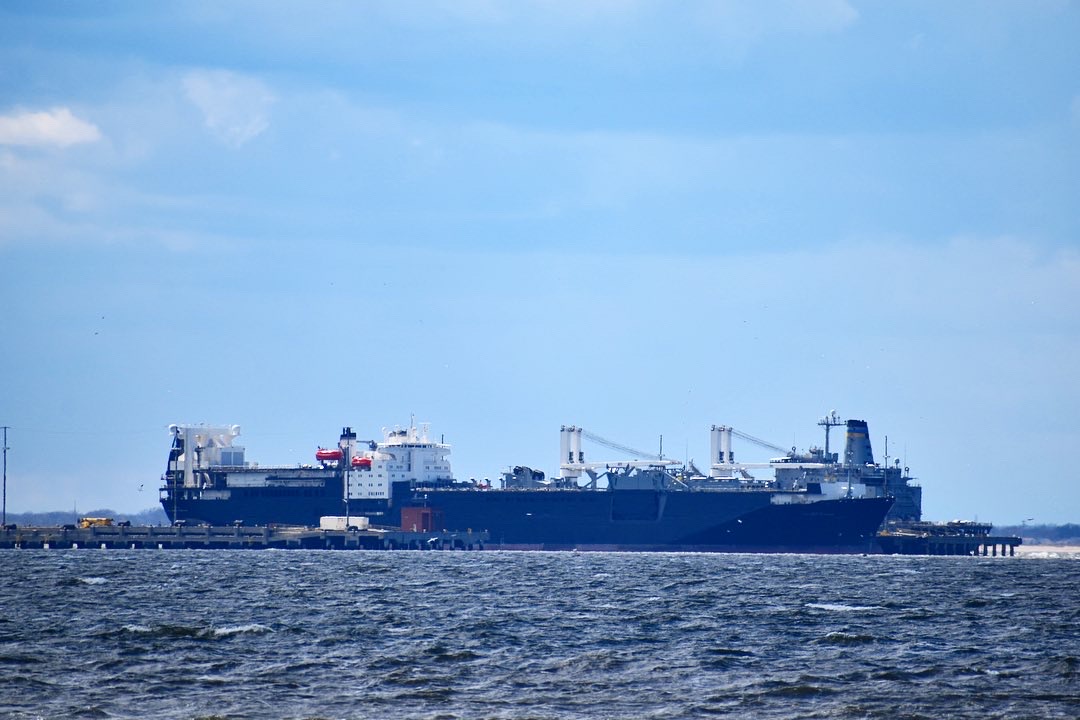
-
The eastern shoreline of Sandy Hook consists of three public beaches: North Beach, Gunnison Beach, the largest nude beach on the East Coast, and South Beach. The southern shoreline is split between public beaches and fishing areas. This photo was taken at South Beach, overlooking Skeleton Hill Island, a common hangout for sunbathing seals. Due to the wind, the seals were not in the mood for sunbathing. Instead, a large flock of seagulls can be seen enjoying gliding on the heavy breeze.
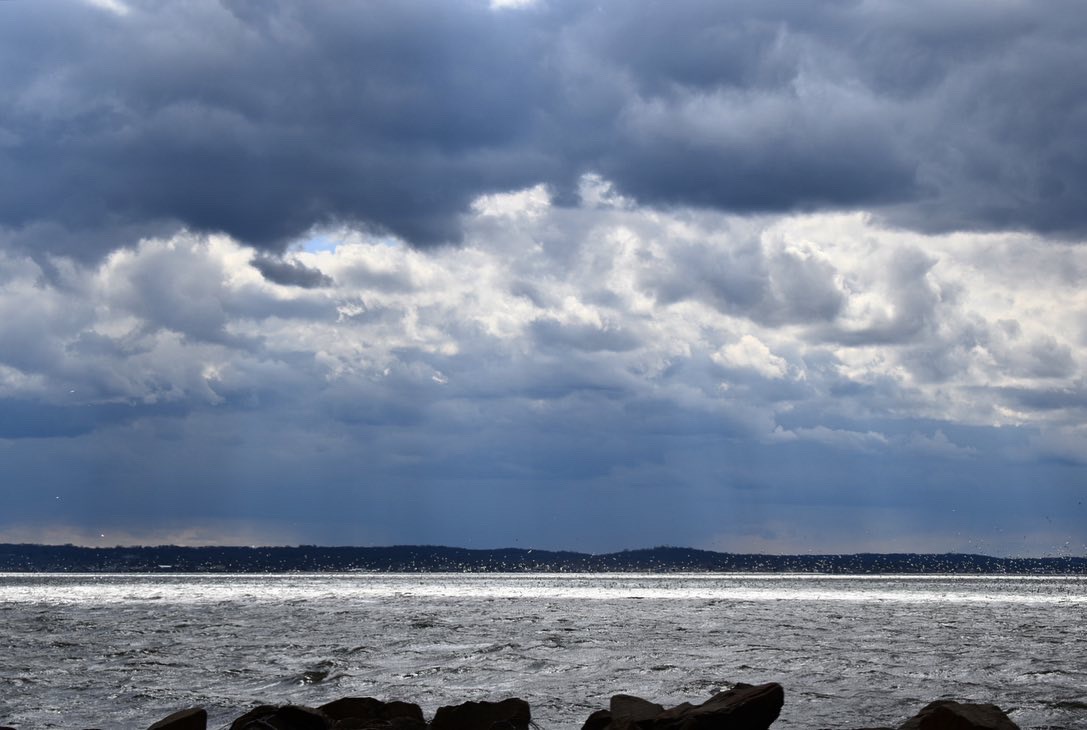
-
Sandy Hook’s seagulls are a protected bird under the Migratory Bird Treaty Act of 1918. It’s illegal to harm, kill, capture, trade, sell, or transport them, their nests, or eggs, with few exceptions regarding overpopulation. Sandy Hook falls under Title 36 of the Code of Federal Regulations, meaning that some laws and regulations are different. In Sandy Hook a misdemeanor could classify as a federal crime whereas outside the park it would be a minor infraction. In the case of seagulls, outside Sandy Hook, breaking the Migratory Bird Treaty Act is a federal misdemeanor with fines up to $15,000 and imprisonment up to six months. Taking a bird and selling it, however, is a felony, with an additional fine of $2,000 and up to a year of prison time. An instance of this crime has not occurred within Sandy Hook, so the punishment under Title 36 has yet to be determined, but it can be assumed that it would be much harsher.


Stella Londrigan is a senior at WCHS. This is their first year as an editor and second year as a journalist for The Jacket Journal. In her publications,...

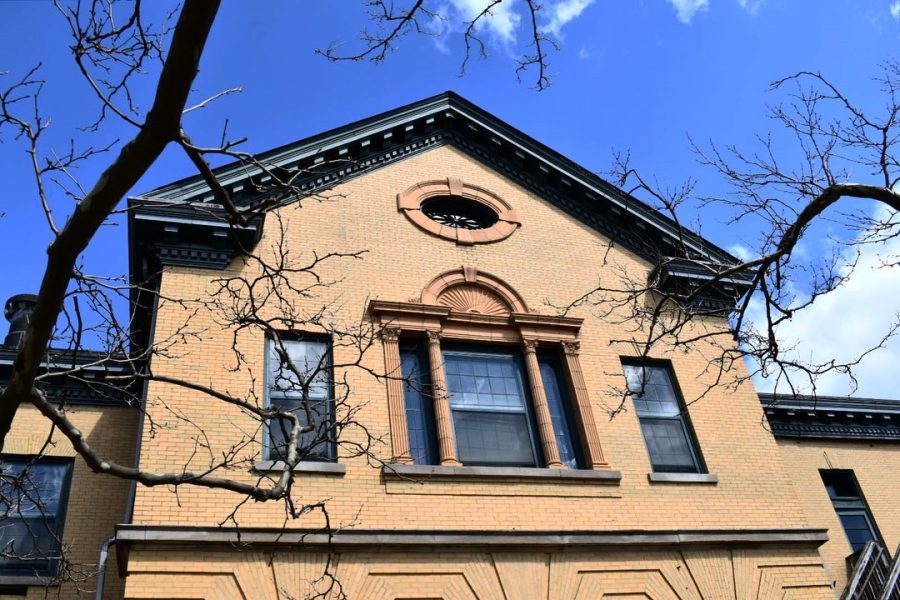
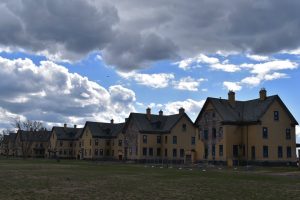
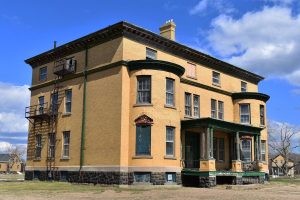
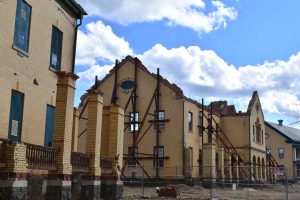
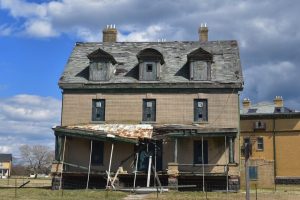
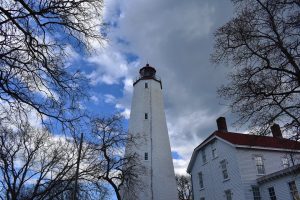
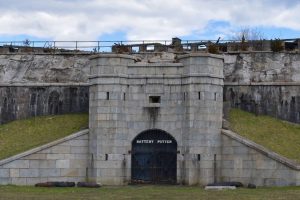
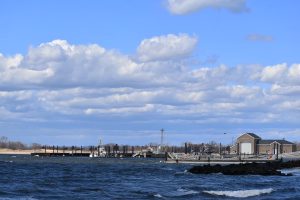
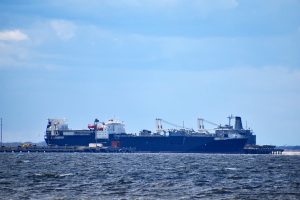
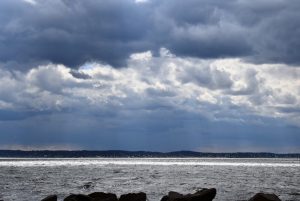









Logan Weaver • Apr 27, 2022 at 12:35 PM
Stella this is so amazing, great job:))))))